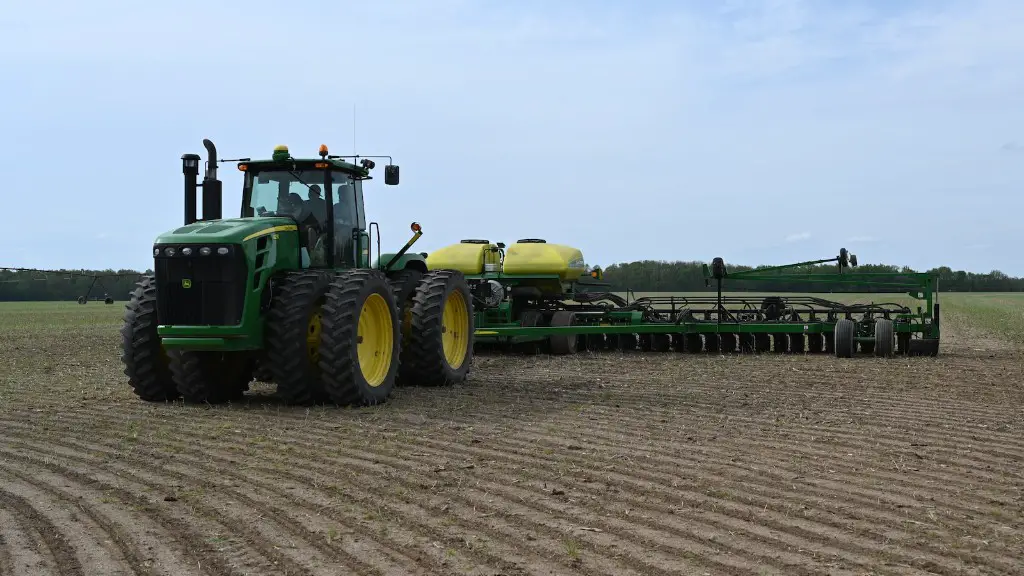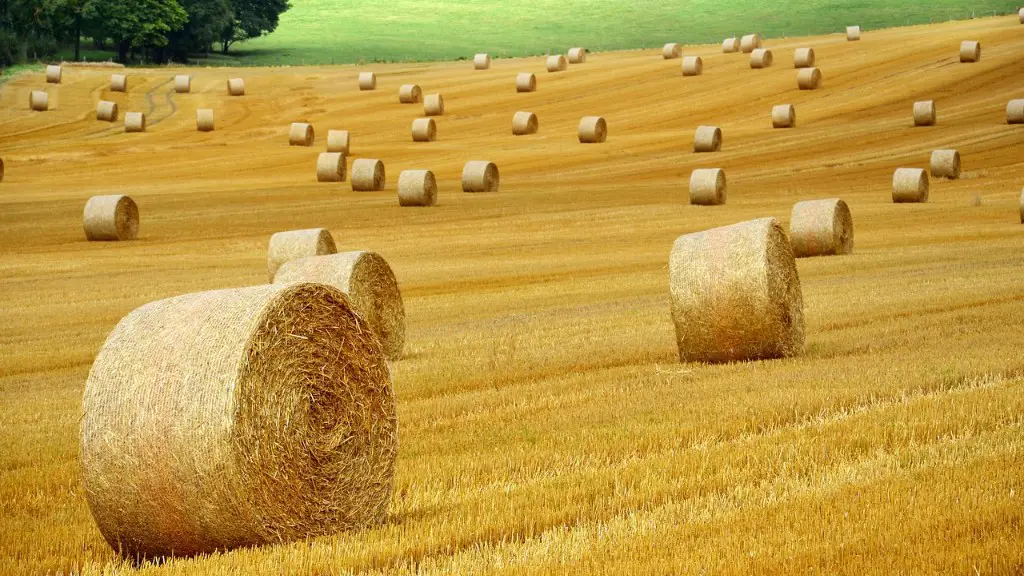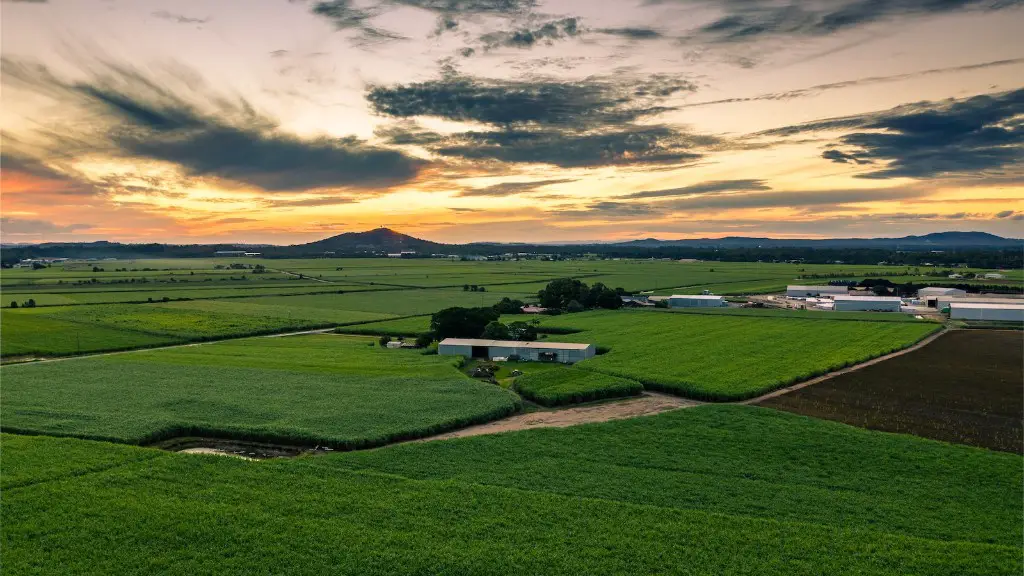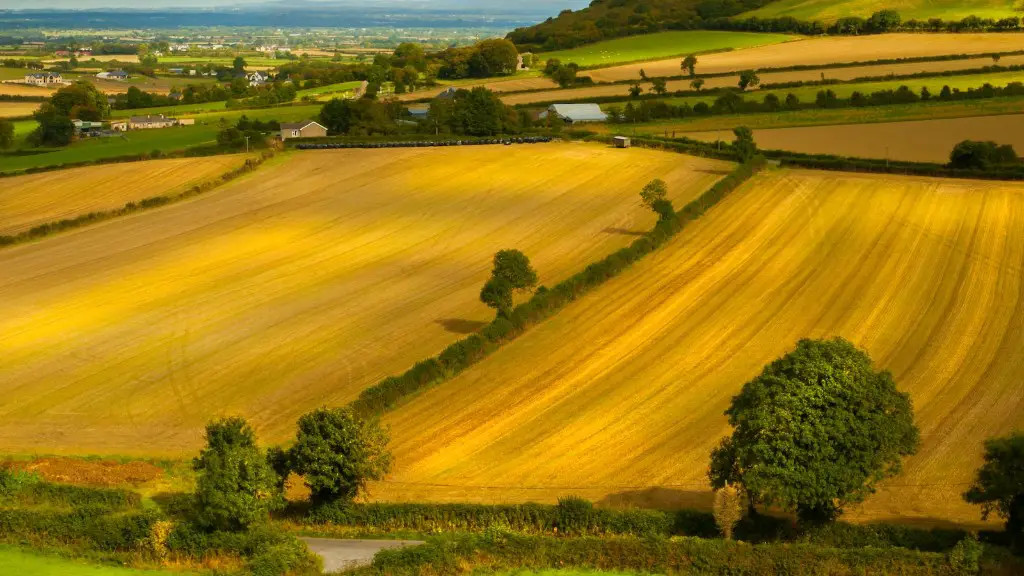Climate change is a pressing issue today as it has significantly affected our planet’s ecology, especially agricultural productivity and food security. The ever-changing climate has caused irregular weather patterns and extreme climate events, which are detrimental to agricultural land. Changes in temperature, precipitation, and humidity levels have caused more unpredictable weather patterns which can either increase the risk of crop failure due to drought, flooding, or a combination of both, or warmer weather in some regions which can also decrease crop yields. In addition, increased levels of atmospheric carbon dioxide, which are partly responsible for global warming, result in changes in the composition of the air, increasing levels of ozone and other air pollutants, which can reduce crop growth. These changes in climate put crops, livestock and other agricultural resources at risk, and jeopardise the ability of societies to produce enough food for their population.
The Impact of Climate Change on Crop Yields and Quality
As temperature and rainy seasons fluctuate, crop yields may be affected, potential leading to a decrease in food production and quality. For example, extreme temperatures can cause heat stress on crops, resulting in reduced yield and grain size. Similarly, higher levels of carbon dioxide and other pollutants can have an adverse effect on crop quality, making them small, discoloured, and nutrient-deficient. Flooding and drought can also be damaging, especially when the soil is already depleted of nutrients. Ultimately, climate change can lead to reduced yields, and potentially complete crop failure, which causes food insecurity.
The Effect of Climate Change on Livestock and Pastures
Livestock and pastures are also heavily affected by climate change. Warmer temperatures can be deadly, as they can raise the metabolic rates of livestock, increasing their breathing, heart rate, and body temperature, later leading to death, especially in dairy cows. Additionally, higher temperatures may reduce the availability of pastures, as the days become too hot for the grass to grow. In contrast, very cold temperatures may also affect the growth of forage for livestock, as it may kill off parts of the pasture, or increase the metabolic rates of animals. In both cases, there is a potential decrease in the availability and quality of forage and results in less healthy livestock.
The Impact of Climate Change on Pests and Disease Outbreaks
Extreme weather events paired with a warmer climate have also caused an increase in certain pest populations and the emergence of new diseases. For example, warmer temperatures are more conducive to the growth of certain insect populations, and a decrease in rainfall levels may facilitate their growth, leading to greater pest pressure. Similarly, increased temperatures may cause previously rare but more virulent diseases to emerge, further increasing crop and livestock losses, and food insecurity.
Adaptations to Climate Change
Despite the devastating effects of climate change on agricultural production, there are some adaptations that can be implemented to reduce the impact of climate change and improve food security. For example, farmers can use drought- and heat-resistant crops, such as sorghum, millet and other local varieties, to reduce the risk of crop failure due to extreme weather events. Likewise, adapting methods such as crop rotation and cover crops can help replenish the soil and protect crops from extreme temperatures. Similarly, livestock can be fed with forage adapted for the new climate, such as legumes, which can tolerate extreme temperatures and have higher nutritional value. Moreover, implementing organic farming techniques and integrated pest management strategies can also reduce the risk of crop failure due to pest infestations or disease outbreaks.
The Effects of Climate Change on Soil Quality and Irrigation
Climate change has also impacted the soil quality, reducing the amount of available water and nutrients, as well as decreasing soil fertility. Such changes in soil can lead to a decrease in crop yields, especially in arid areas where there is already a lack of natural water sources. Additionally, extreme temperature fluctuations and prolonged drought can reduce crop growth and exacerbates soil infertility. Therefore, farmers need to employ water-conserving irrigation systems to maximize water use efficiency and prevent soil damage.
The Impact of Climate Change on Fertilizer Use
Another consequence of climate change is an increased use of fertilizers. As the soil quality decreases, farmers are forced to depend on fertilizers to ensure adequate yields, leading to more intensive and polluting agricultural practices. High levels of nitrogen and phosphorus runoff from farming can contaminate water bodies and lead to eutrophication, reducing biodiversity and impacting aquatic life. Therefore, the use of fertilizers must be carefully managed, in order to minimize its environmental impact.
The Effects of Climate Change on Agricultural Production and Trade
Finally, climate change has also impacted global trade in agricultural products. Changed weather patterns can affect the availability of certain products and their prices, leading to global market instability. Furthermore, increased temperatures may also cause other countries to produce different products, thus leading to shifts in global production and trade patterns. As a result, farmers and other stakeholders in agriculture must be prepared for sudden changes in prices and market trends.
The Impact of Climate Change on Pesticide Use
Due to climate change, agricultural production has been affected by the emergence of certain pests and diseases, leading to an increase in the use of pesticides to control these pests and reduce crop losses. However, such pesticides can have serious negative impacts, such as contaminating waterways and reducing biodiversity. Furthermore, over-application of pesticides can cause unforeseen effects, such as the emergence of pesticide-resistant pests, which may lead to further pesticide use and consequently, more environmental damage.
The Effect of Climate Change on Natural Resources
Climate change has also impacted other natural resources necessary for agricultural production, such as water. In some cases, water levels, including both groundwater and surface water levels, have been reduced due to extreme fluctuations in weather. This can be detrimental to agricultural production, as without a reliable water source, crops and pastureland will be severely affected. Similarly, as droughts become more common and water resources become scarce, food production may be reduced, leading to food insecurity.
The Impact of Climate Change on Rural and Urban Community Adaptation Strategies
Due to the diverse impacts of climate change, rural and urban communities must develop adaptation strategies to mitigate its negative consequences. Communities must come together to create a cohesive and climate-resilient plan that addresses the needs of local populations and helps them to prepare for climate change. Additionally, rural communities must strive to protect their agricultural resources and implement sustainable farming practices, such as crop rotation, to reduce the impact of extreme weather events. In contrast, urban communities must strive to reduce their environmental footprint and strive for better environmental policies in order to reduce global warming and its consequences for agriculture and food security.
The Impact of Climate Change on Agricultural Investment
Given the vast number of factors that contribute to climate change, it is becoming increasingly difficult for farmers and agricultural producers to invest in the future. Long-term investments, such as infrastructure and technology, can be difficult to commit to when conditions change rapidly and unpredictably. Funds must be allocated to research and develop climate-resistant crops, as well as sustainable farming practices, in order to reduce the impact of climate change. Additionally, more investments should be made in infrastructure, such as irrigation and climate monitoring systems, as these can help farmers to cope with the unpredictable weather.
The Impact of Climate Change on Food Loss and Food Waste
Climate change can also lead to a significant increase in food loss and food waste. Intense weather conditions can cause spoilage of certain products, leading to decreased availability and higher prices. Moreover, food waste can also occur due to environmental regulations or the use of new technologies, such as production output maximization that may lead to higher loss of certain products. To reduce food loss and food waste, farmers should use renewable packaging materials and strive for efficient production practices that minimize losses.
Conclusion
In conclusion, climate change has had a very negative impact on global agricultural production, as it has changed weather patterns, soil composition, and natural resource availability. Such changes can lead to crop failure, reduced yields, and food insecurity. As a result, it is important for farmers and other stakeholders to take the necessary precautions to adapt to this new climate, in order to reduce the impacts of climate change and ensure the food security of their populations.



